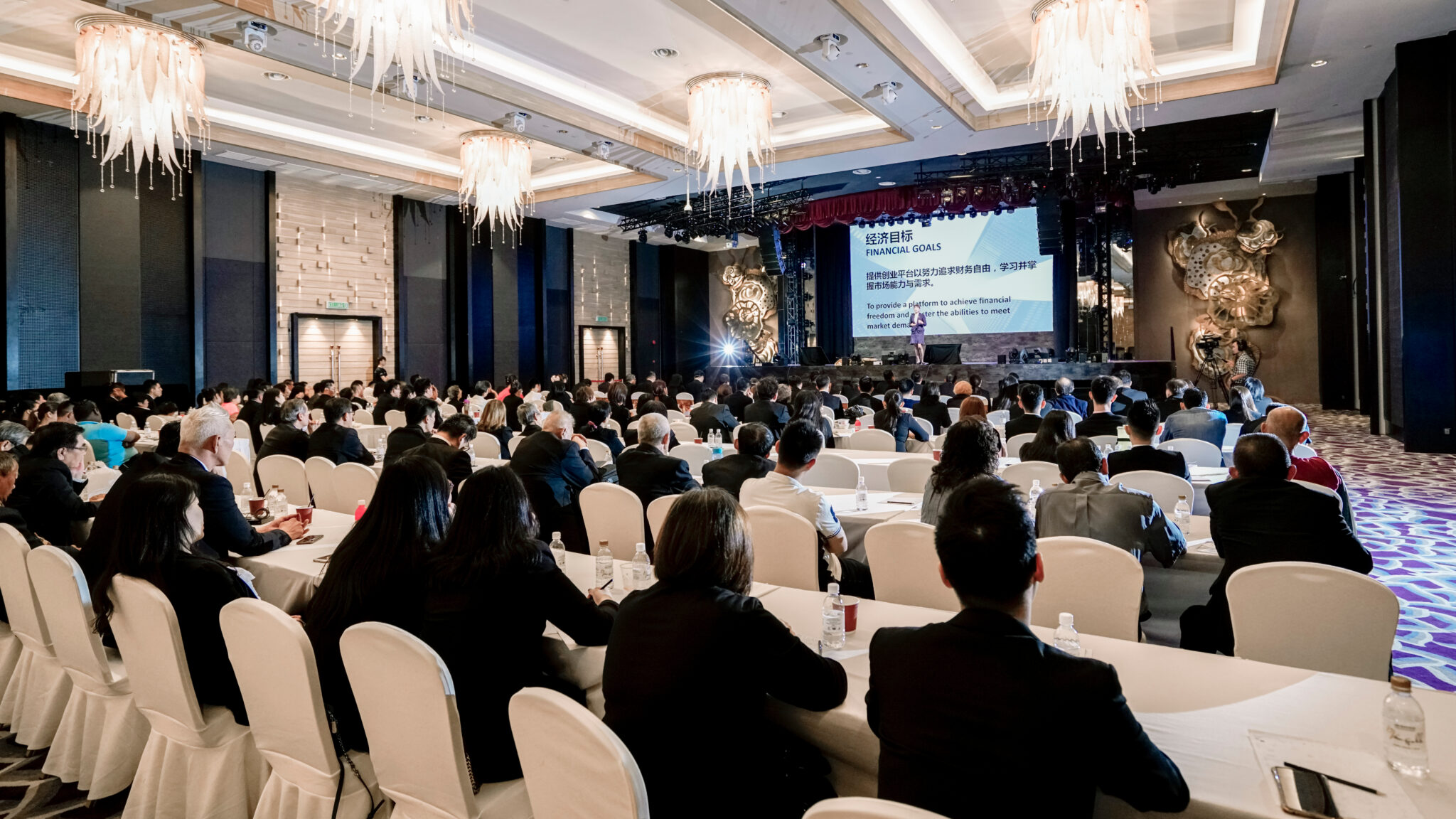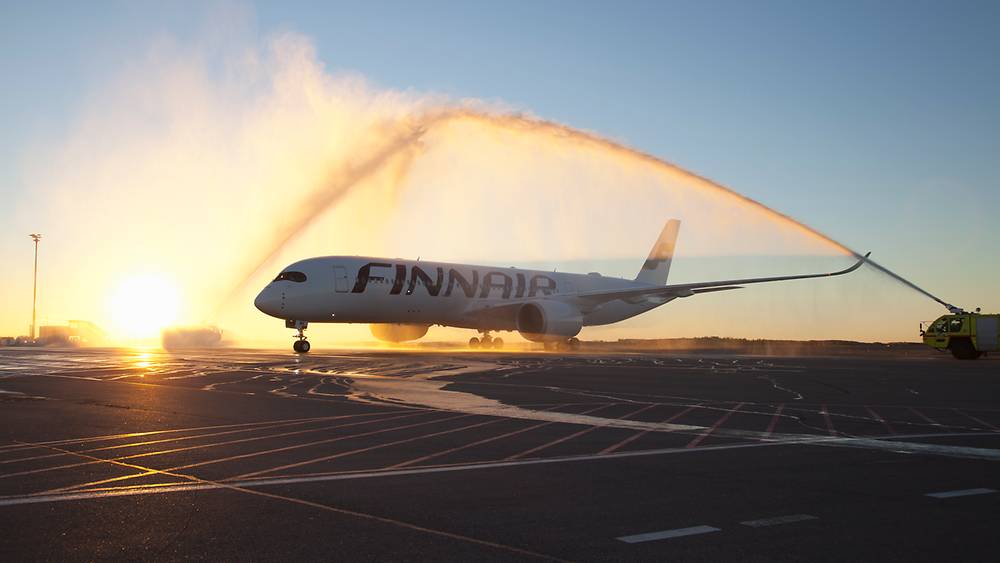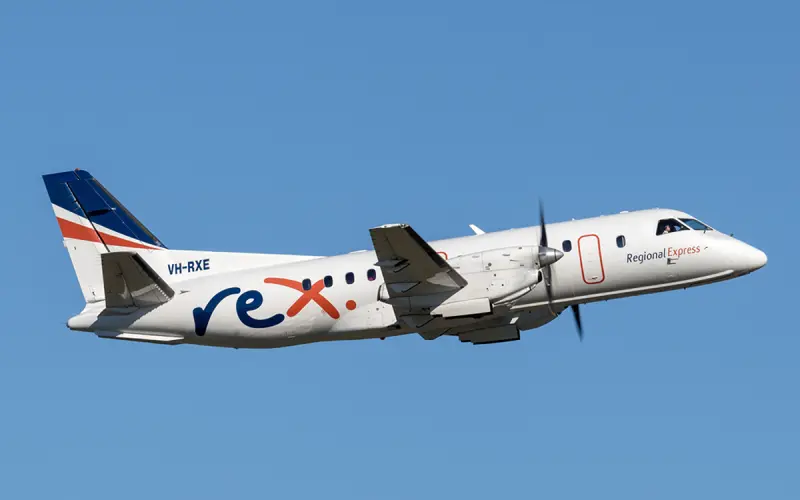In-flight Wi-Fi will become a “standard” product for airlines in the coming years, enabling passengers to stay connected and providing significant opportunities for airlines to earn additional revenues.
This is the view of Otto Gergye, Inmarsat’s vice president for Asia Pacific, who spoke to Travel Daily on Wednesday following the CAPA LCCs in North Asia Summit in Osaka. In the interview, Gergye said that while in-flight Wi-Fi is still in its infancy, faster connection speeds and wider global coverage is encouraging an increasing number of airlines to adopt connectivity solutions.
“At the moment it’s still a novelty but in future it will become standard,” Gergye told Travel Daily. “It’s the perfect ancillary; in future airlines will add it into their fare bundles, enhancing their product offerings. It’s almost a no-brainer.”
A limited number of airlines, including Thailand’s Nok Air, currently provide free in-flight Wi-Fi, but the vast majority still charge for the service. When asked whether the airline sector is likely to see a shift towards free onboard Wi-Fi in future – a trend already being seen in the hotel sector – Gergye said that he “can see that” happening. But it is more likely, he added, that the service will be offered as part of business or first class fares, or to frequent flyers. The ability for airlines to earn additional ancillary revenues is unlikely to make it a complimentary service for all passengers.
Faster connection speeds also now make it possible for passengers to use the service to stream video content on their own electronic devices, which creates new opportunities for low-cost carriers to offer in-flight entertainment (IFE) services. AirAsia has now selected Inmarsat for its own in-flight Wi-Fi service, which Gergye called a “huge endorsement” of his company.
But while IFE provides a new angle for the connectivity sector, Gergye revealed that at present, the vast majority of passengers still use in-flight Wi-Fi simply to stay connected – sending and receiving emails and other messages. While it could offer an alternative to traditional IFE solutions, “depending on route and airline”, he added, it is unlikely to replace seatback TVs.

“Most people just want to stay in touch,” Gergye said. “The underlying sentiment is for communication.” And this, according to Gergye, also gives Inmarsat a key advantage over its main competitor, which promises faster speeds but is unable to deliver consistent and seamless global coverage.
“We guarantee our speeds to airlines. With anything from five to seven mbps you can download video, and send and receive emails at any time. Our maximum handover time [between different satellites] is 45 seconds, but with other companies it can be up to 20 minutes. Offering this consistent service reduces customer complaints,” he asserted.
As well as AirAsia, Inmarsat currently works with major global carriers including IAG and its subsidiary British Airways, the Lufthansa Group, Qatar Airways and Air New Zealand. And Gergye revealed that he is in discussions with many more carriers. Referring to airlines in China, he said Inmarsat is “talking to all of them”.
With technology advancing all time and the world now hugely reliant on mobile connectivity, the in-flight Wi-Fi sector is likely to experience strong growth in the coming years. For both airlines and passengers, having in-flight Wi-Fi as “standard” will provide huge opportunities.



 share
share








































